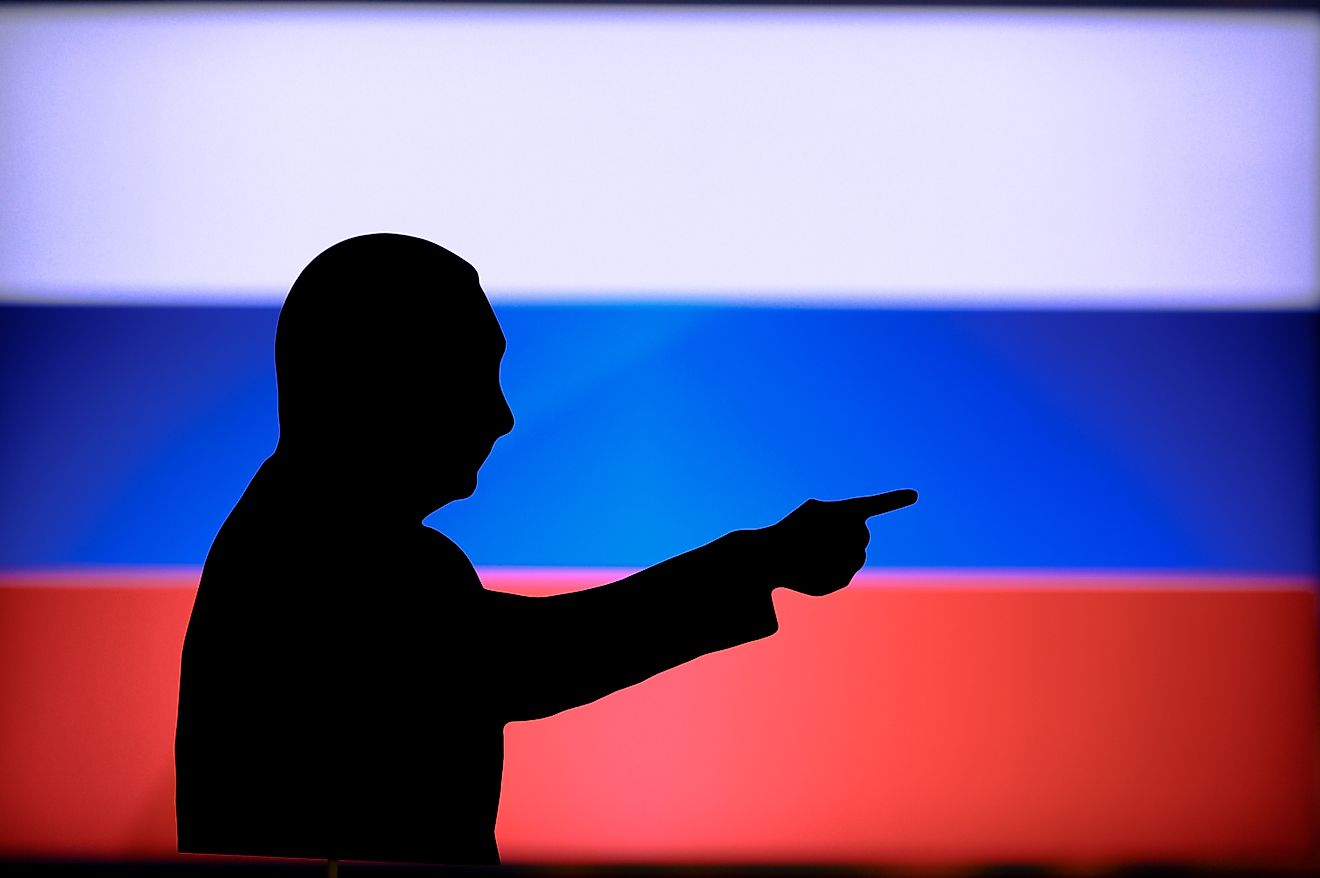Lessons We Learned From The World Wars
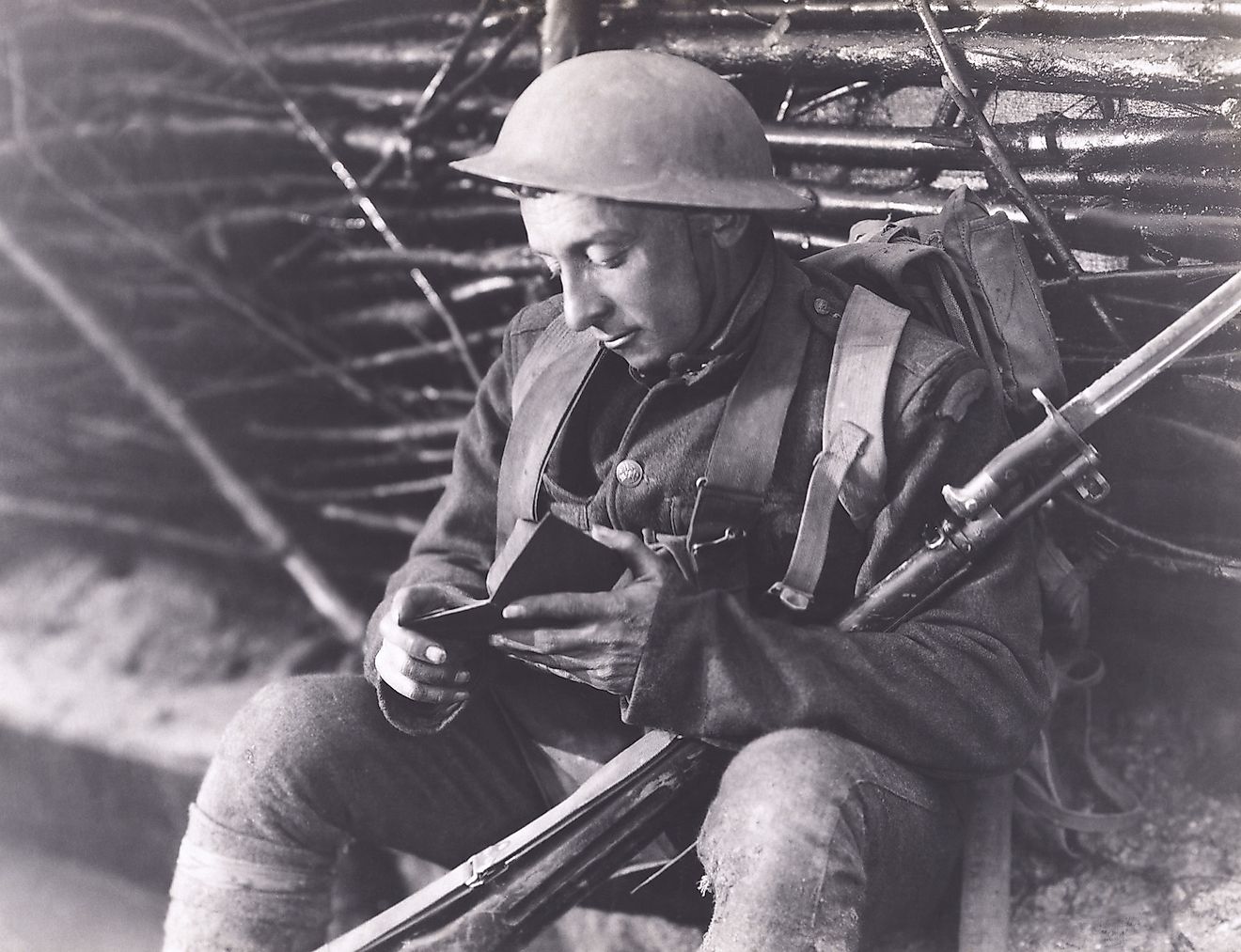
- Even though many officials believed World War I would be over in less than two years, it lasted over four, warning future generations not to underestimate the length of war.
- The Allies were forced into another war after appeasing Hitler’s expansionist plans throughout the 1930s, demonstrating that there is no way to completely satiate an aggressor.
- Hitler used propaganda to manipulate his people’s beliefs and actions, all while rousing the German spirit, acting as a reminder for us today to question the information we receive.
Within the first half of the twentieth century, the world was ravaged by two global wars. These international conflicts resulted in millions of casualties and trillions of dollars of material damages. With fighting occurring on all seven continents except Antarctica, they affected both soldier and civilian alike. Because of the deadly consequences, it is imperative that we reflect on our bloody history and learn from the mistakes of the past, starting with the ten lessons below.
10. Peace is Fragile
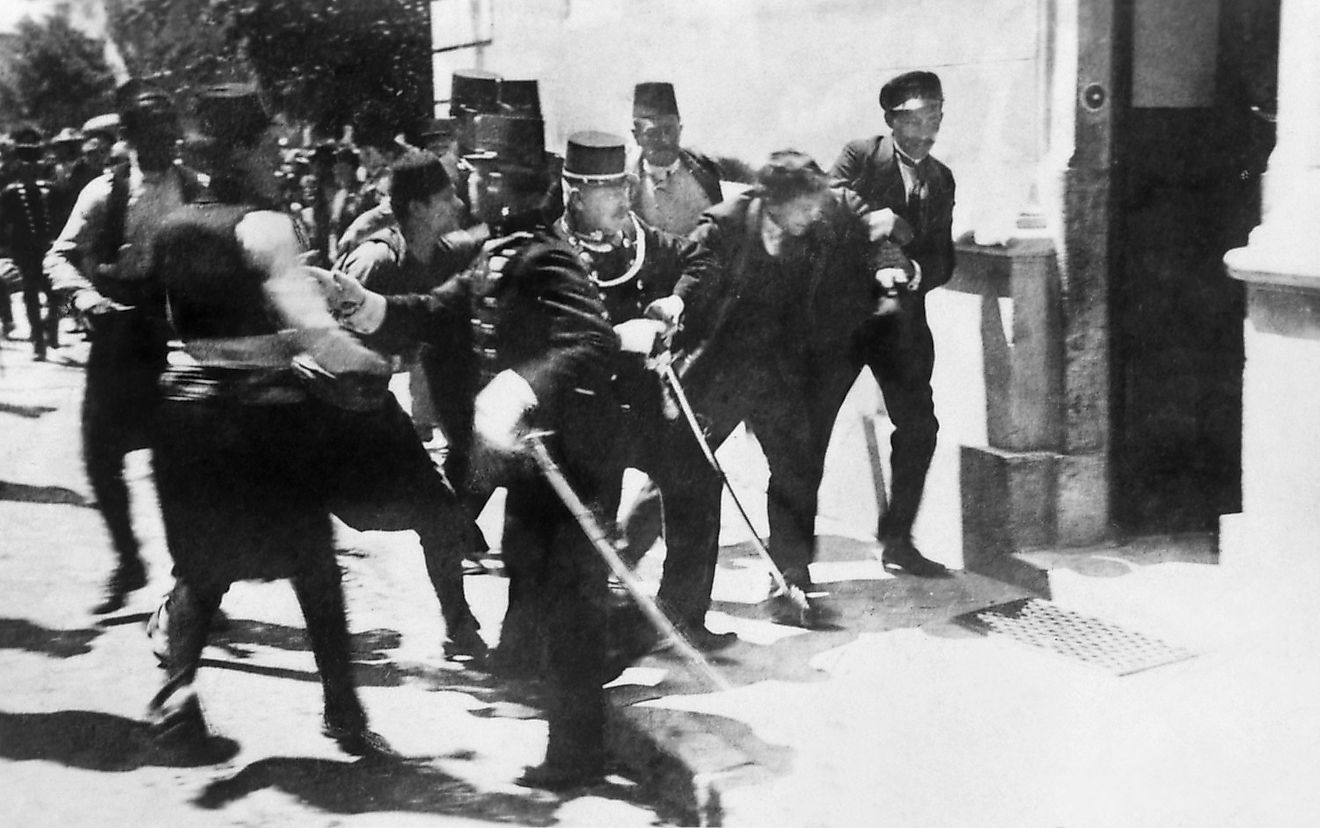
The first takeaway from the history of warfare is that peace is fragile. The end of the Napoleonic Wars in 1815 led to 99 years of relative peace across Europe. During that time, countries such as Britain, France, and Germany developed into the most culturally, technologically, and scientifically advanced nations on the continent. And yet, in June 1914, when Franz Ferdinand’s chauffeur took a wrong turn while driving to a hospital in Sarajevo, he provided an opportunity for nationalist Gavrilo Princip to assassinate the archduke and his wife. It is almost frightening to think that such a simple driving mistake jumpstarted World War I, trading in a century of peace for four years of global bloodshed.
9. War is Lengthy
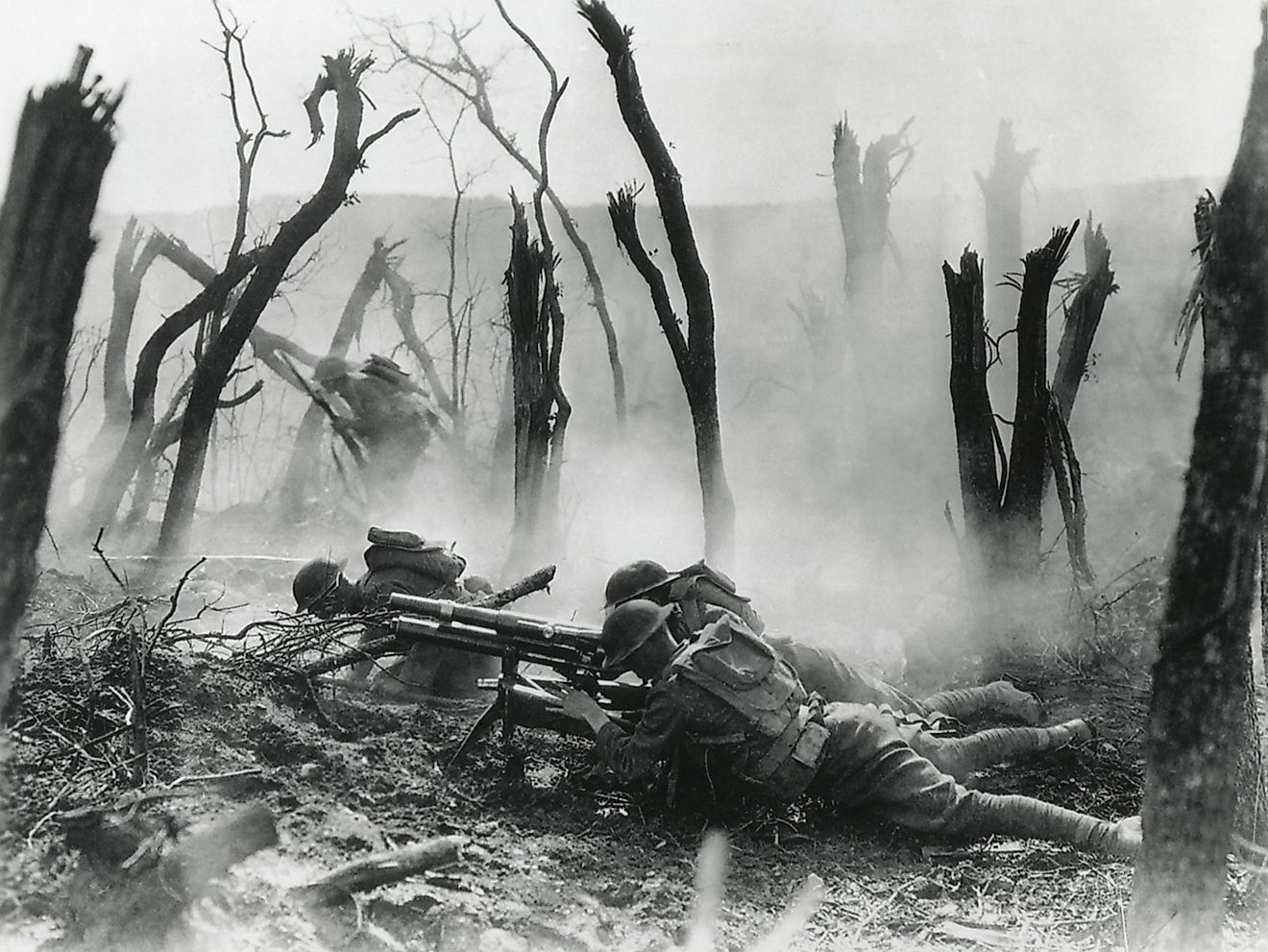
In the summer of 1914, many military and political officials expected World War I to be short, including Wilhelm II who promised his troops that they would return home before the fall. Some did not share the Kaiser’s optimism, but even then, these individuals believed the conflict would be resolved within two years. Diaries and correspondences reveal that the general public also predicted a quick end. It is perhaps this stubborn belief that drove citizens to volunteer and nations to stand by their pride and self-confidence. Ultimately, World War I lasted four years and three and a half months. Today, it acts as a warning to not underestimate the length of war.
8. The Final War
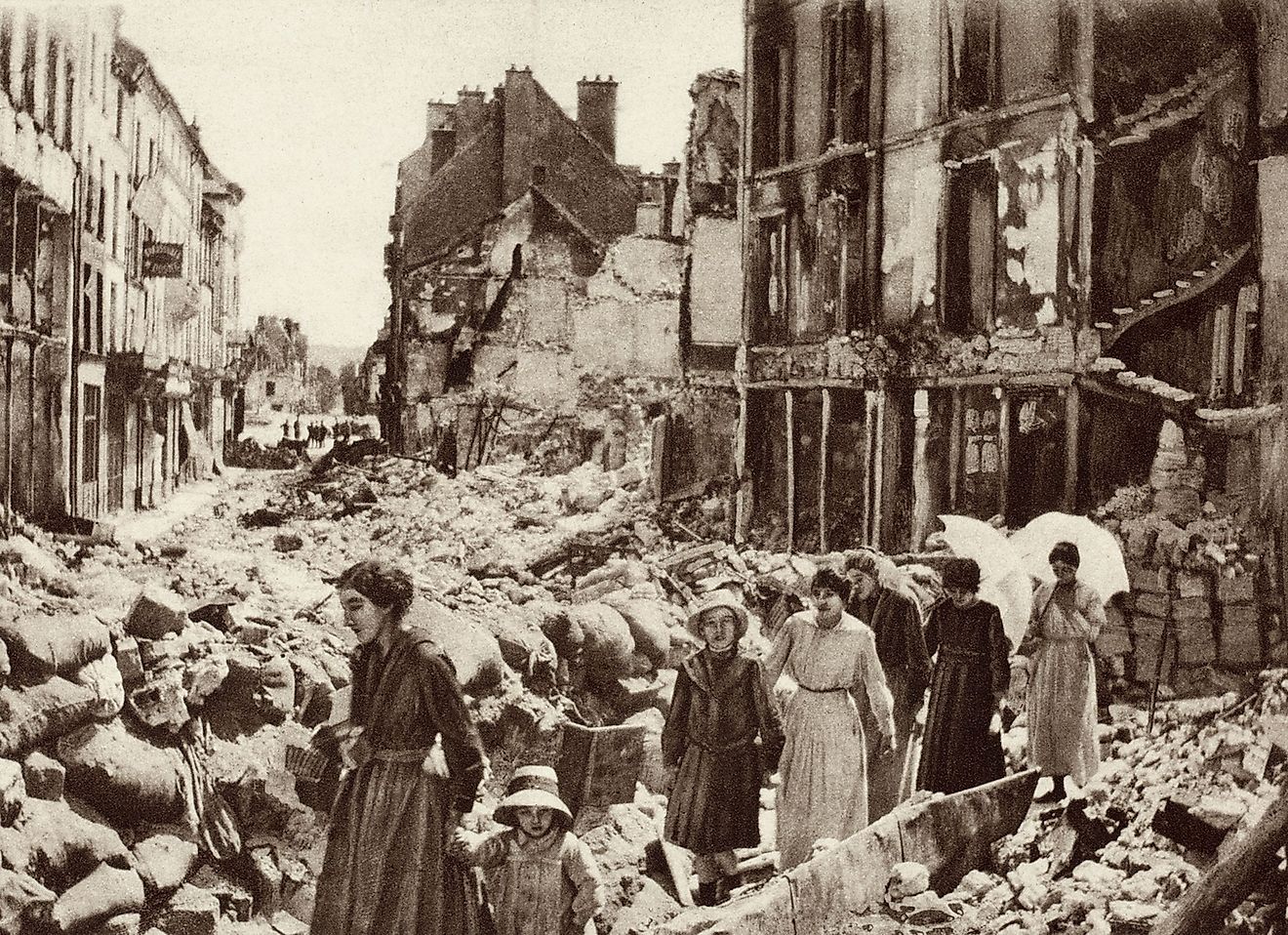
World War I marked a turning point in the history of warfare as it played out on a scale previously unseen. Still, the concept of war was not unfamiliar; it has been a fact of life since the first humans developed tools. Regardless, World War I was quickly dubbed the “war to end all wars” throughout most of Europe. Even well-known author H.G. Wells championed this phrase, claiming that once German militarism was put down, there would never be another reason to fight. But as the next point illustrates, the concept of a “final war” is pure fantasy; war itself cannot accomplish an end to war. In fact, it would take less than a quarter of a century before the next global conflict began.
7. The Treaty of Versailles
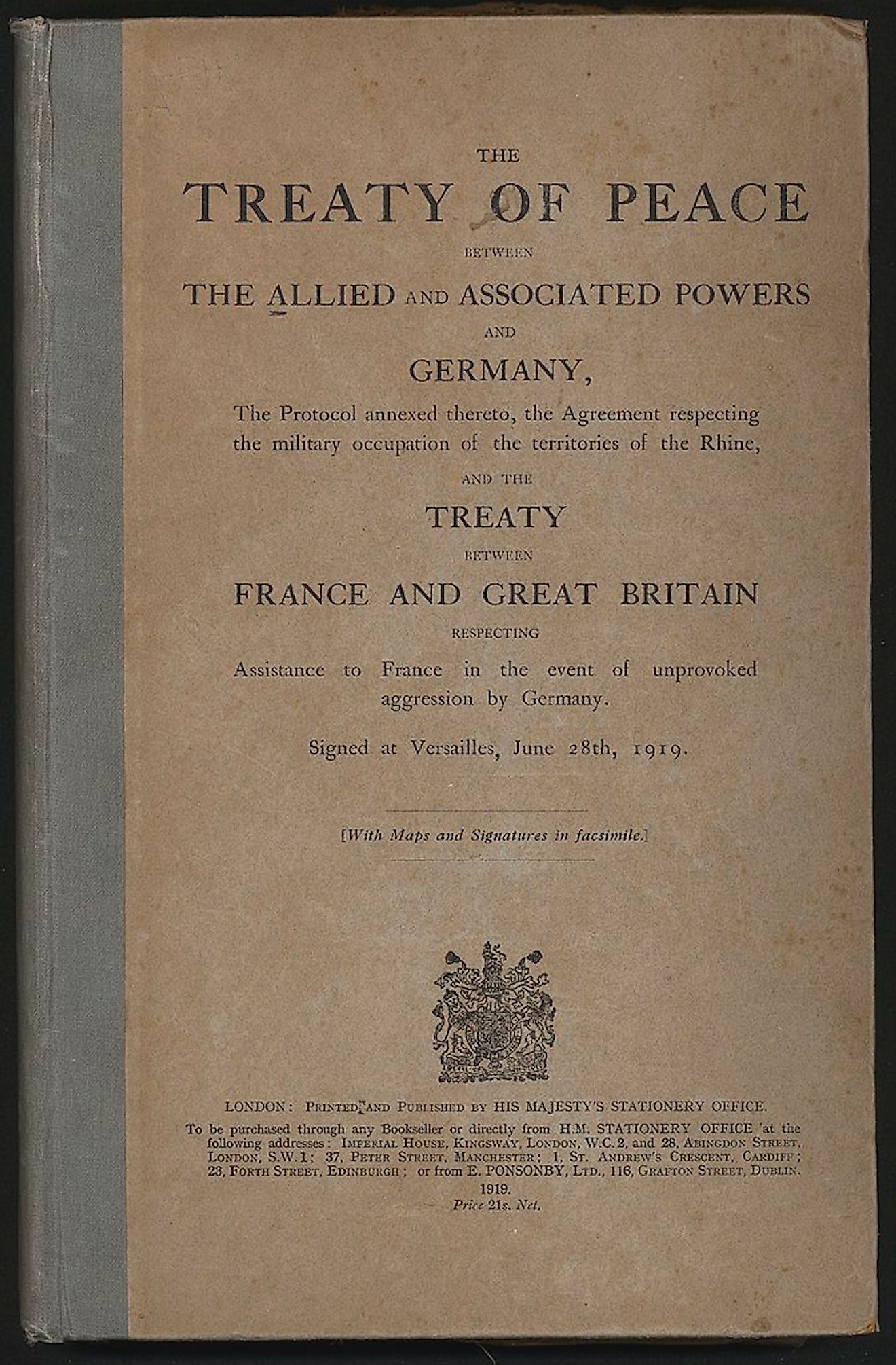
By November 1918, World War I had come to an end. Peace had been achieved, but it was made messy by the harsh treatment of Germany. Not only did the Treaty of Versailles label them as the primary antagonists by forcing them to take full responsibility, but it demanded they pay an outrageous sum in reparations. These measures humiliated the Germans, leaving them at the mercy of Adolf Hitler, a man who took advantage of their collective hurt pride. Therefore, the Treaty of Versailles is partly to blame for the rise of German nationalism during the inter-war period. Such vengeful policies are not peace as proven by the way it laid the foundation for the next global war.
6. Appeasing the Aggressor
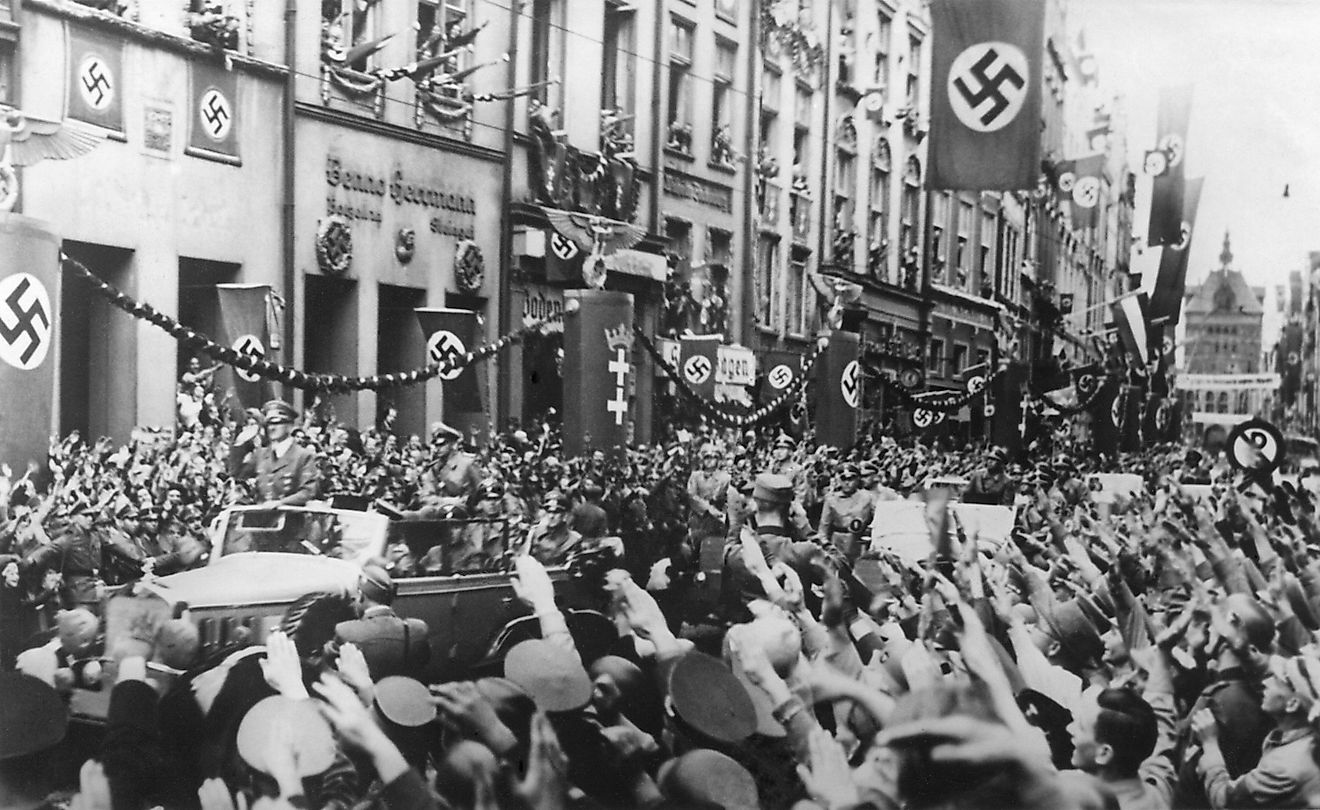
The Allies’ policies throughout the 1930s were largely designed to appease Hitler’s expansionist desires. No one supported this more than Neville Chamberlain, Winston Churchill’s predecessor. Even after Hitler claimed the Rhineland and annexed Austria, the British Prime Minister convinced the Allies to further placate the Führer during the 1938 Munich Conference which allowed the Nazis to occupy the German-speaking part of Czechoslovakia. These efforts were an attempt to avoid dragging Europe into another bloody affair, but all it did was show Hitler that the Allies were willing to show him their bellies while he conquered more land. By 1939, with the invasion of Poland, they had no choice but to declare war, demonstrating that there is no way to completely satiate an aggressor.
5. Shaped By Incompetence
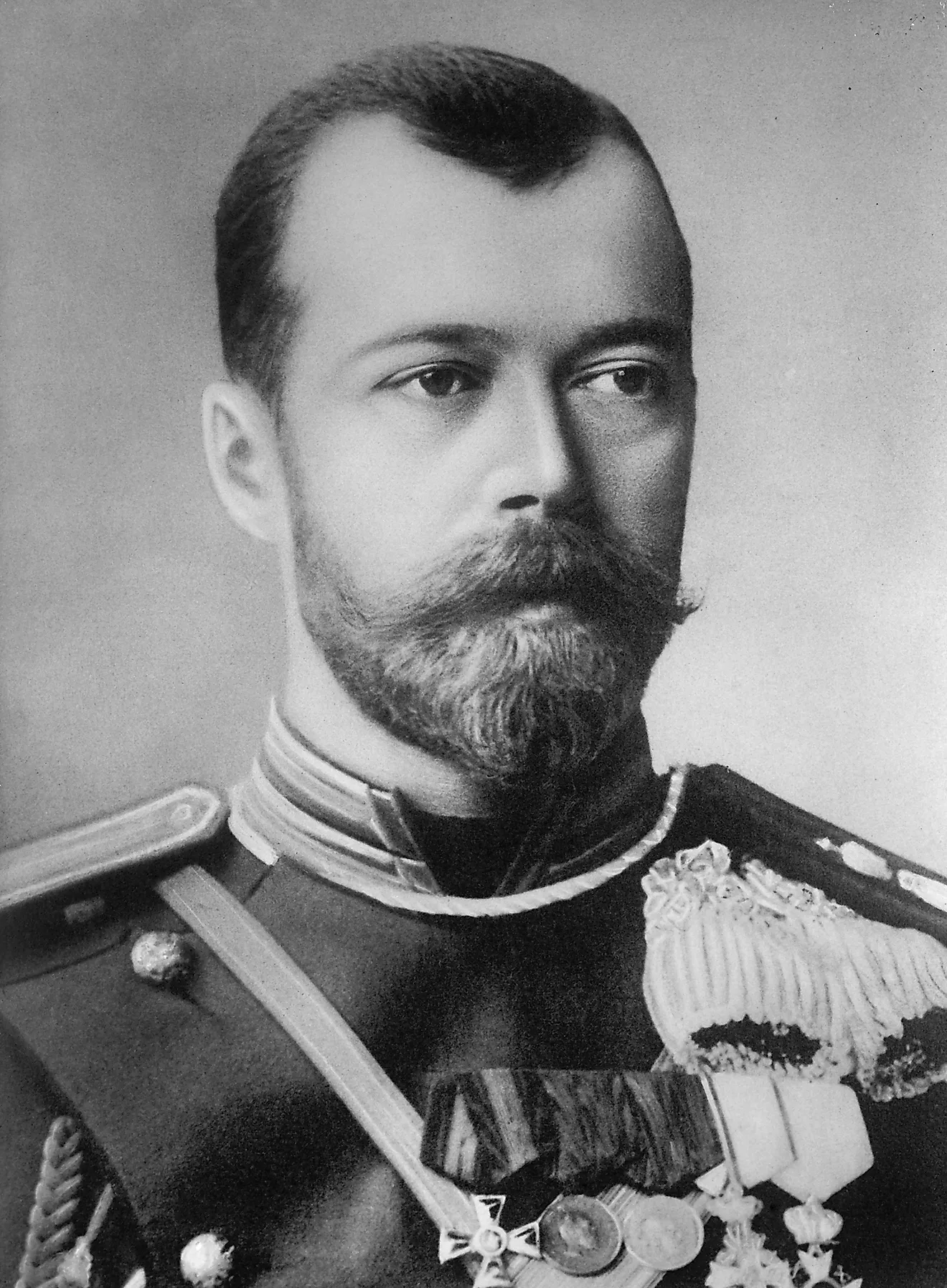
Another lesson from the World Wars is that decision-making should not always be left to those in charge. For example, Hitler continuously altered the course of the war through a series of contradictory decisions. He frequently ignored the advice of his generals and relied on tarot cards and pendulum dowsing when contemplating important military operations. Meanwhile, Tsar Nicholas II left Russia to command his army, but he turned out to be an incompetent leader, ultimately challenging his men’s loyalty and fueling revolutionary sentiments back home. When engaged in combat, decision-making is best left to those who are qualified to do so.
4. The Power of Propaganda
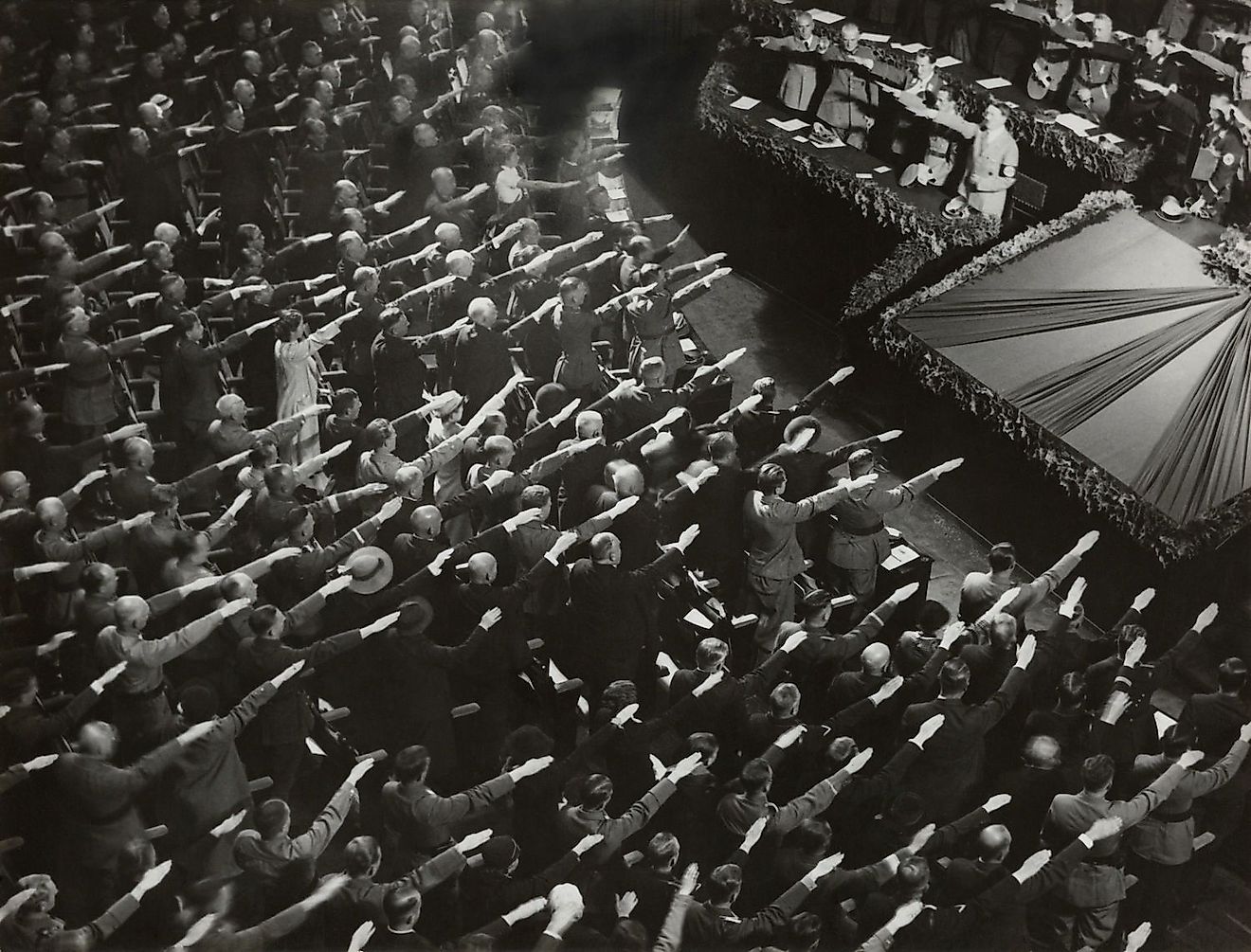
Hitler and Joseph Goebbels were not the first people to exploit the power of propaganda, but they are certainly the best example to illustrate its negative implications. They used it as a tool to manipulate their people’s beliefs, attitudes, and actions, all while rousing the German spirit and garnering public support. It was through the use of propaganda—and the Führer’s undying charisma—that they were able to successfully preach their pro-Aryan ideologies and establish societal outsiders. Considering the horror the Nazis were able to commit, Hitler demonstrated that his influence in Germany was almost limitless. Today, this acts as a reminder to constantly question the information we are being spoon-fed.
3. No End to Human Horror
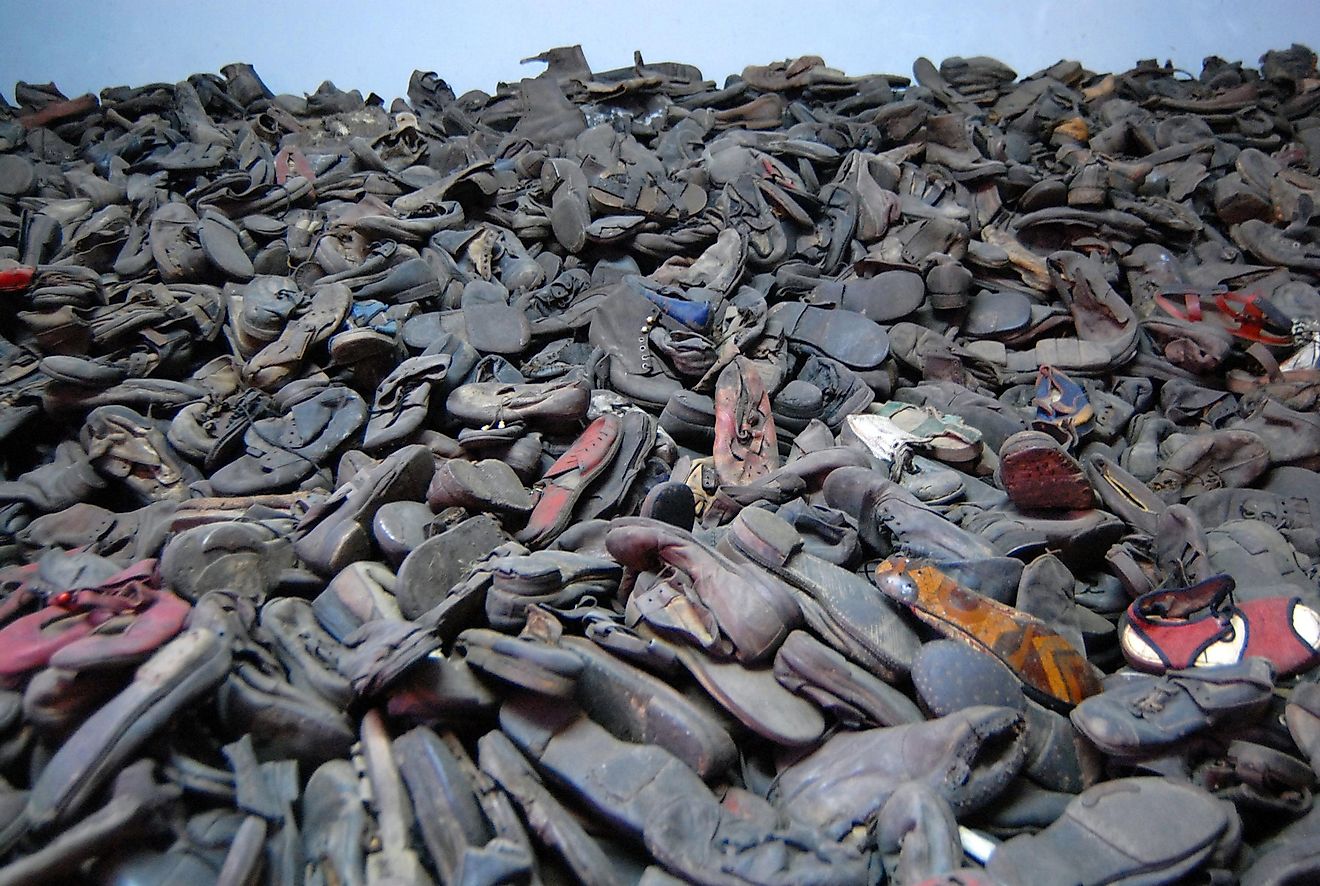
World War II proved that there is no limit to the cruelty that humans are capable of committing. Throughout the holocaust, Jews and other “undesirables” were systemically thrown into labor camps and forced to endure unimaginable horror. Some camps, like Auschwitz, experimented in mass killings, while certain eugenicists conducted so-called medical experiments on individual prisoners. However, cruelty was not a purely Nazi trait. For example, many Soviet soldiers sexually assaulted women at random and murdered civilians without mercy during the Battle of Berlin. It is our responsibility to call upon our empathy and learn from these atrocities to ensure they are never repeated.
2. The Cost of War
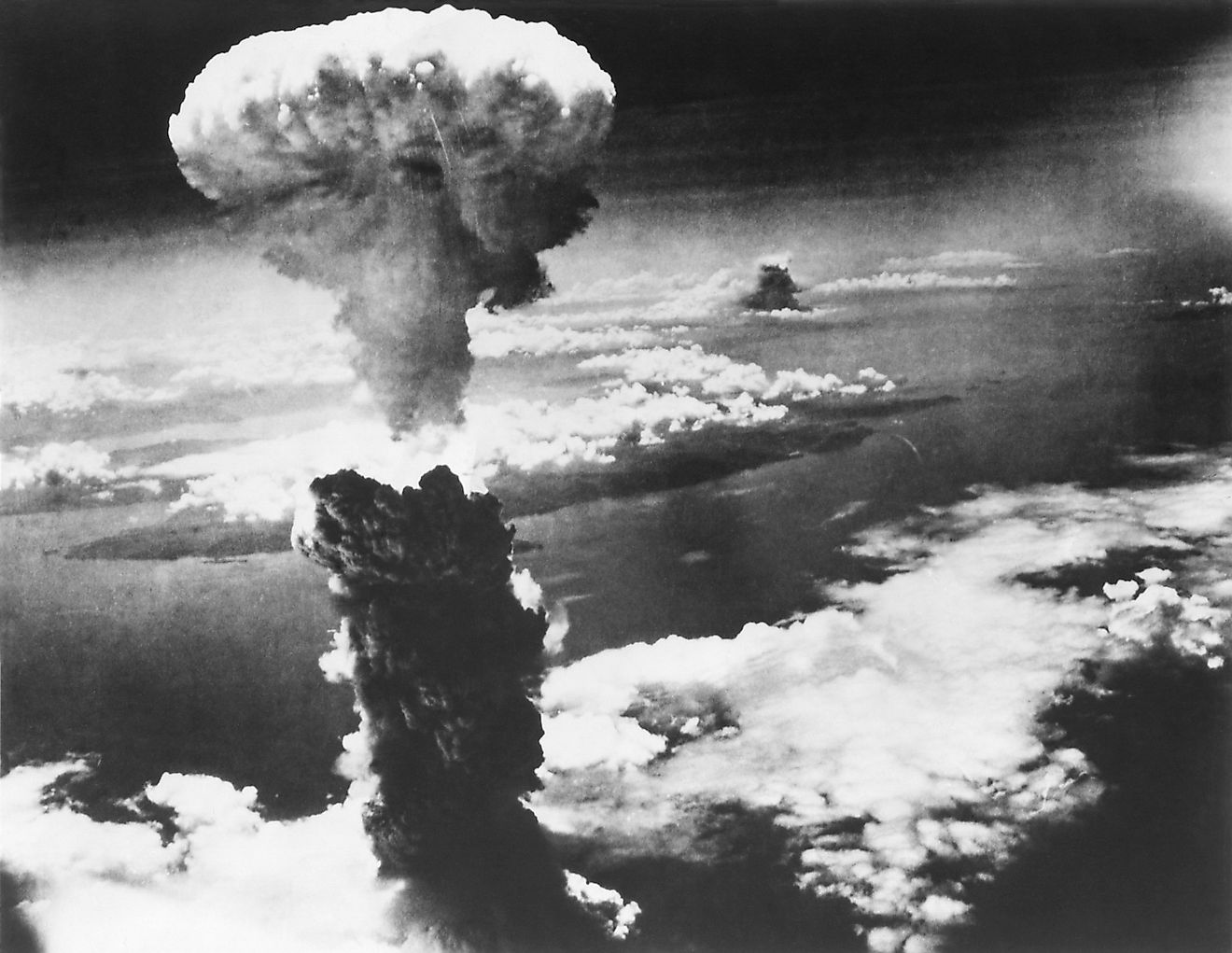
When it comes to human lives, war does not come cheap. In 1914, the collective governments of Europe understood they would experience heavy losses, but estimates were nowhere close to the real numbers. By 1918, ten million people had died and 21 million were left injured. Because of this, most of Europe was wary about wading into another war, but they were drawn into one, nonetheless. At the end of it all, approximately 73 million people had died. Of this number, forty million were civilians. And even though it was an Allied victory, they suffered the most casualties at 85 percent. These statistics need to remain a constant reminder of the high cost of war.
1. Diplomatic Efforts
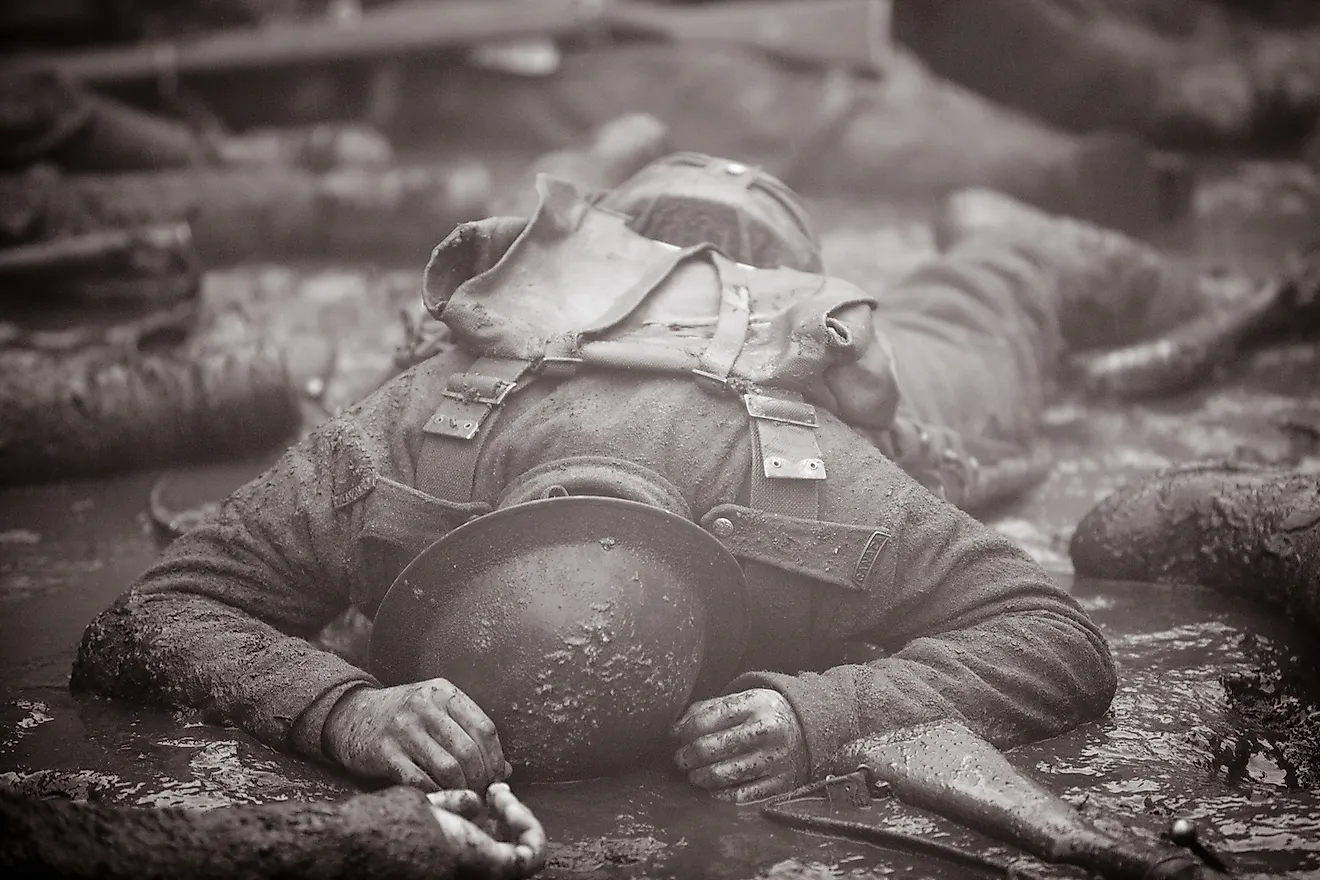
If the World Wars have taught us anything, it is that people in power need to make more of an effort to explore all diplomatic options before declaring war. Creative problem solving should be a priority. Sadly, we live in a world where an accidental wrong turn sparked a global conflict. Imagine if cooler heads had prevailed back in 1914 and the collective governments of Europe had not insisted on immediate military action; all those casualties mentioned above might not have died. Nicholas Burns, diplomat and professor at Harvard’s Kennedy School of Government, said it best: “Force has to be the last option. It can’t be the first.”











